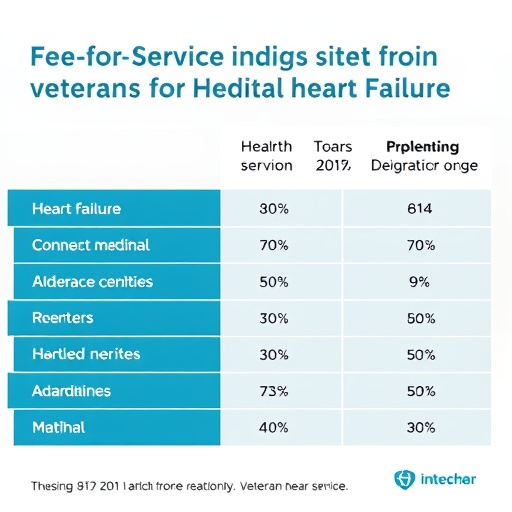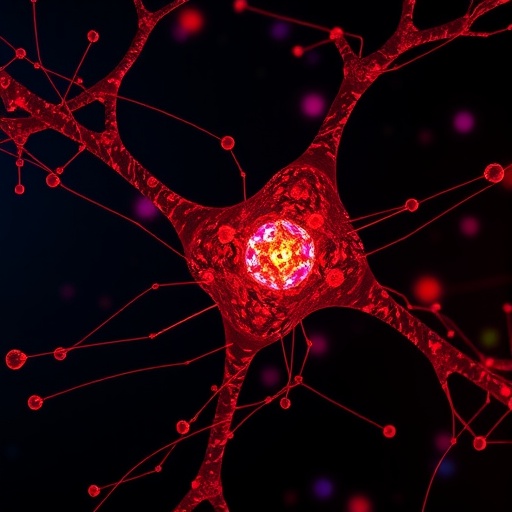In a groundbreaking study poised to revolutionize precision medicine for insulin resistance, researchers have harnessed the power of deep mutational scanning to meticulously analyze the human insulin receptor’s ectodomain. This extensive inquiry, spearheaded by Aslanzadeh et al., delves into the molecular intricacies that govern insulin receptor function, aiming to illuminate the mutational landscapes that underlie diverse clinical manifestations of insulin resistance. As insulin resistance remains a pivotal driver in a host of metabolic disorders, including type 2 diabetes and metabolic syndrome, this research propels the scientific community towards a more nuanced understanding that bridges bench research and therapeutic advances.
The insulin receptor (INSR) serves as the primary gateway for insulin’s cellular actions, mediating pivotal metabolic signals that regulate glucose homeostasis. Structurally complex, the receptor’s ectodomain—the portion extending outside the cell—plays a critical role in insulin binding and receptor activation. Previous studies have delineated some functional domains but have been limited by the scope of naturally occurring mutations and their clinical correlations. Enter deep mutational scanning (DMS), a high-throughput method that allows researchers to systematically evaluate the impact of thousands of receptor variants in a single assay. This capability provides unparalleled resolution in mapping functional domains and predicting the pathogenic potential of mutations.
Aslanzadeh and colleagues undertook an exhaustive approach, introducing a comprehensive library of point mutations across the ectodomain of the human insulin receptor and assaying their functional consequences. By employing a combination of functional assays and high-throughput sequencing, the team quantified the effect of each variant on insulin binding and receptor activation. This strategy illuminated previously uncharacterized mutational effects, not only confirming known pathogenic mutations but also revealing subtle gradations in receptor dysfunction that might contribute to variable clinical phenotypes. Such insight is vital for informing tailored therapeutic strategies.
Clinically, insulin resistance manifests heterogeneously, influenced by both common risk factors and rare genetic variants. However, the precise mapping of mutations to clinical outcomes has been hampered by the complexity of receptor structure-function relationships and the paucity of functional data. This study’s integration of systematic mutagenesis with robust functional assessment offers a powerful template for precision medicine: by linking specific receptor mutations to quantitative functional deficits, clinicians can better predict disease severity, progression, and response to therapy.
The implications extend beyond fundamental biology. The data compiled offer a valuable resource for the design of targeted therapies that rectify specific functional impairments linked to receptor mutations. For instance, some mutations impair insulin binding affinity whereas others disrupt receptor activation; these mechanistic insights pave the way for the development of allosteric modulators or receptor agonists tailored to the mutation’s molecular impact. Thus, the study sets the stage for precision pharmacology in metabolic disease treatment, where interventions are customized based on individual genetic profiles.
Importantly, the study underscores the nuanced complexity of receptor structure-function relationships. The ectodomain is not a uniform entity; distinct regions exhibit differential sensitivity to mutation, revealing critical hotspots essential for receptor integrity and signal transduction. By overlaying the functional data onto high-resolution structural models, the researchers identified key amino acid residues whose perturbation results in pronounced functional impairment, shaping our understanding of receptor dynamics and stability. These findings enhance the conceptual framework for future structural studies and drug design.
Methodologically, the application of DMS to the insulin receptor’s ectodomain is a testament to the maturation of high-throughput genetic techniques combined with functional genomics. The approach overcomes classical limitations such as reliance on in vitro mutagenesis of limited residues or observational clinical genetics alone. By enabling comprehensive, systematic interrogation of the mutational landscape, the study provides a blueprint for similar analyses across other complex receptors implicated in human disease.
From a biotechnological perspective, the research also highlights the potential therapeutic relevance of subtle receptor variants that might previously have been dismissed as benign or of uncertain significance. The fine-grained functional data equip diagnostic laboratories and genetic counselors with enhanced interpretative power for sequencing results. This greater clarity supports more informed patient management decisions in cases of suspected insulin receptoropathies or atypical diabetes presentations, potentially improving outcomes through earlier intervention.
The investigators also explored evolutionary conservation patterns to contextualize mutational effects. Variants occurring in highly conserved regions tended to show more severe functional deficits, consistent with evolutionary constraints on receptor function. This integrative evolutionary-functional analysis enhances our understanding of how natural selection shapes protein architecture to maintain metabolic homeostasis. Such insights are crucial for distinguishing deleterious mutations from neutral polymorphisms in clinical genomics.
Beyond the immediate clinical arena, the research adds profound layers to the conceptual understanding of insulin receptor biology. The receptor’s ectodomain has long been a subject of structural intrigue, given its critical role in sensing and transmitting extracellular signals. The detailed mutational landscape uncovered provides a rich dataset for modeling receptor conformational dynamics, ligand-induced structural transitions, and allosteric signaling pathways, all of which are fundamental to cellular metabolic regulation.
The potential for translating these findings into tangible patient benefits is immense. Insulin resistance remains a global health challenge contributing to millions of diabetes cases worldwide. By enabling precision diagnostics and personalized treatment regimens that take into account specific receptor variants, this research marks a critical step towards optimizing therapeutic efficacy and minimizing adverse effects. In the era of precision medicine, such approaches symbolize the future of chronic disease management.
Finally, the study epitomizes the power of interdisciplinary collaboration, integrating structural biology, genomics, molecular physiology, and clinical insights. This synergy facilitates not only the advancement of fundamental science but also the rapid translation of discoveries into clinical protocols. Future research directions inspired by this work will likely encompass in vivo validation of variant effects, exploration of receptor interactions with co-factors, and the development of mutation-specific therapeutics.
As the global burden of insulin resistance escalates, innovations like these that dissect the molecular underpinnings at an unprecedented scale offer hope for improved patient outcomes and strategies that transcend symptomatic treatment. The detailed mutational atlas of the insulin receptor ectodomain presented by Aslanzadeh et al. will no doubt become a cornerstone resource in metabolic research and precision endocrinology.
Subject of Research:
Article Title:
Article References:
Aslanzadeh, V., Brierley, G.V., Kumar, R. et al. Deep mutational scanning of the human insulin receptor ectodomain to inform precision therapy for insulin resistance.
Nat Commun 16, 9143 (2025). https://doi.org/10.1038/s41467-025-64178-4
Image Credits: AI Generated
Tags: bridging bench research and therapy in diabetesclinical manifestations of metabolic syndromedeep mutational scanning in geneticsglucose homeostasis regulationhigh-throughput genetic evaluation methodsinsulin receptor ectodomain analysisinsulin receptor mutationsmapping mutational landscapes in medicinemetabolic disorders and insulin resistanceprecision medicine for insulin resistancetherapeutic implications of genetic mutationstype 2 diabetes research advancements





